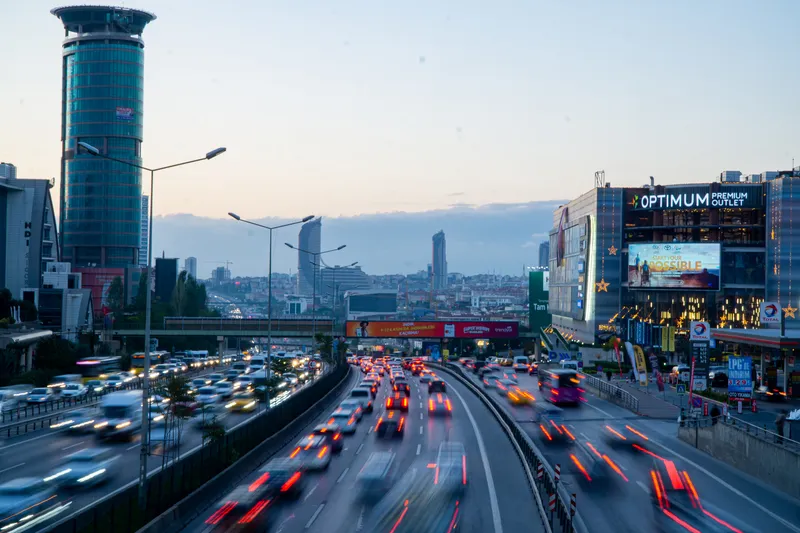Keolis is forming strategic partnerships with experts and leaders in their respective fields and is working to develop innovative mobility solutions that create value for both passengers and Public Transport Authorities. Particularly, more personalised journeys that are more suited to their needs and better real-time information into how the network functions such as the state of the rolling stocks, vehicle movement, operations and maintenance. It aims to optimise the performance of the mobility system and support it where the need is the greatest. IVADO is working to develop a new economy around Big Data analysis to support decision-makers.
Joint research and development projects will focus initially in Quebec, Canada, followed by other countries and regions where Keolis operates such as the USA, France and Continental Europe.
Gilles Savard, CEO of IVADO, said: “The public transport sector is now at an important turning point. We wish to accompany operators like Keolis in the use of Big Data which benefits Canadians. Our common goal is to use our research, artificial intelligence, operation research and data science to generate innovative solutions that improve the daily lives of public transport passengers”.
Keolis and Ivado partner to develop mobility solutions through big data
A five year strategic partnership has been signed between Keolis and the Institute for Data Valorisation (IVADO) at the ITS World Congress 2017 in Montreal to support the development of urban mobility solutions through use of Big Data. It is aimed at enabling Keolis to better understand the way passengers move around and how best to plan transport networks to be even more efficient.
November 6, 2017
Read time: 2 mins
A five year strategic partnership has been signed between 6546 Keolis and the Institute for Data Valorisation (IVADO) at the 6456 ITS World Congress 2017 in Montreal to support the development of urban mobility solutions through use of Big Data. It is aimed at enabling Keolis to better understand the way passengers move around and how best to plan transport networks to be even more efficient.










